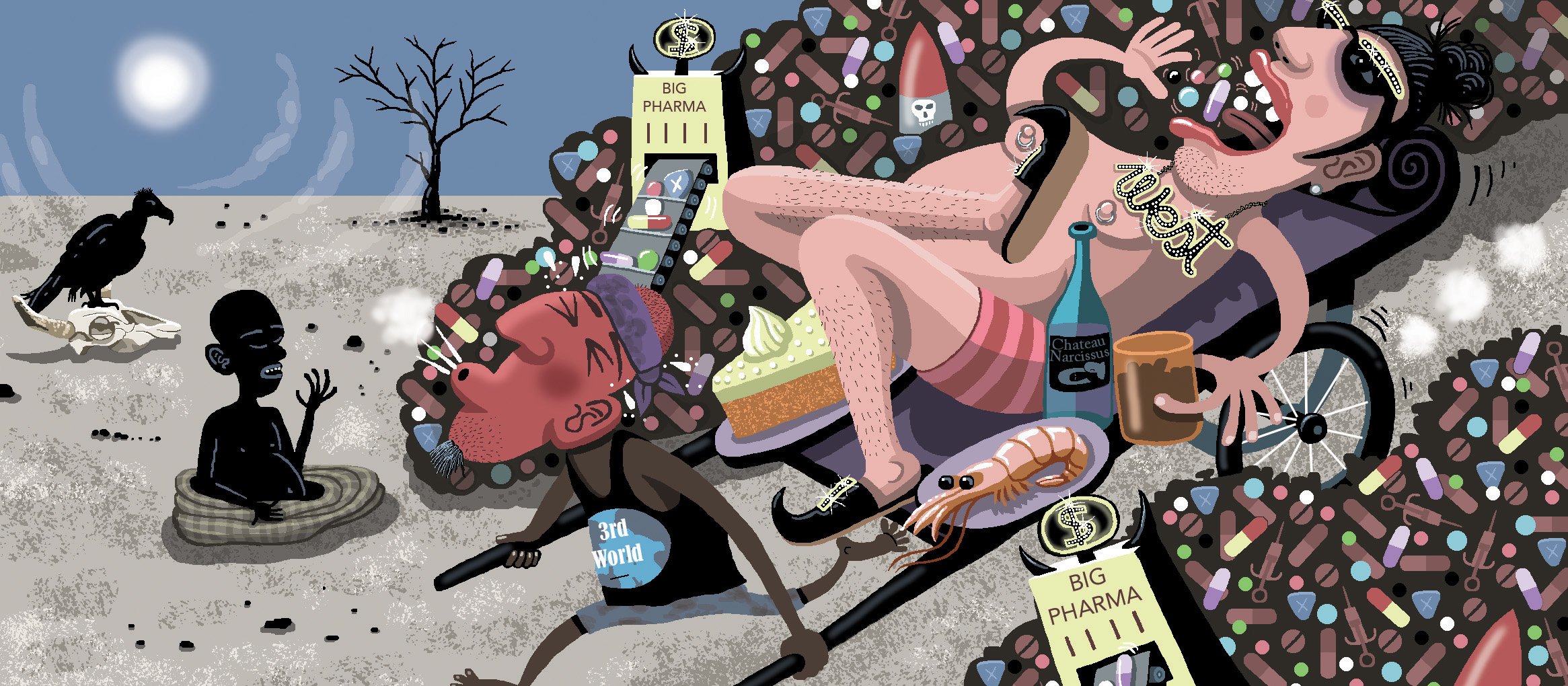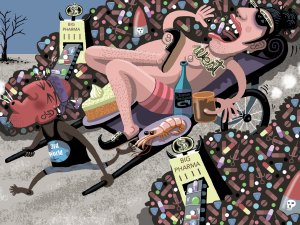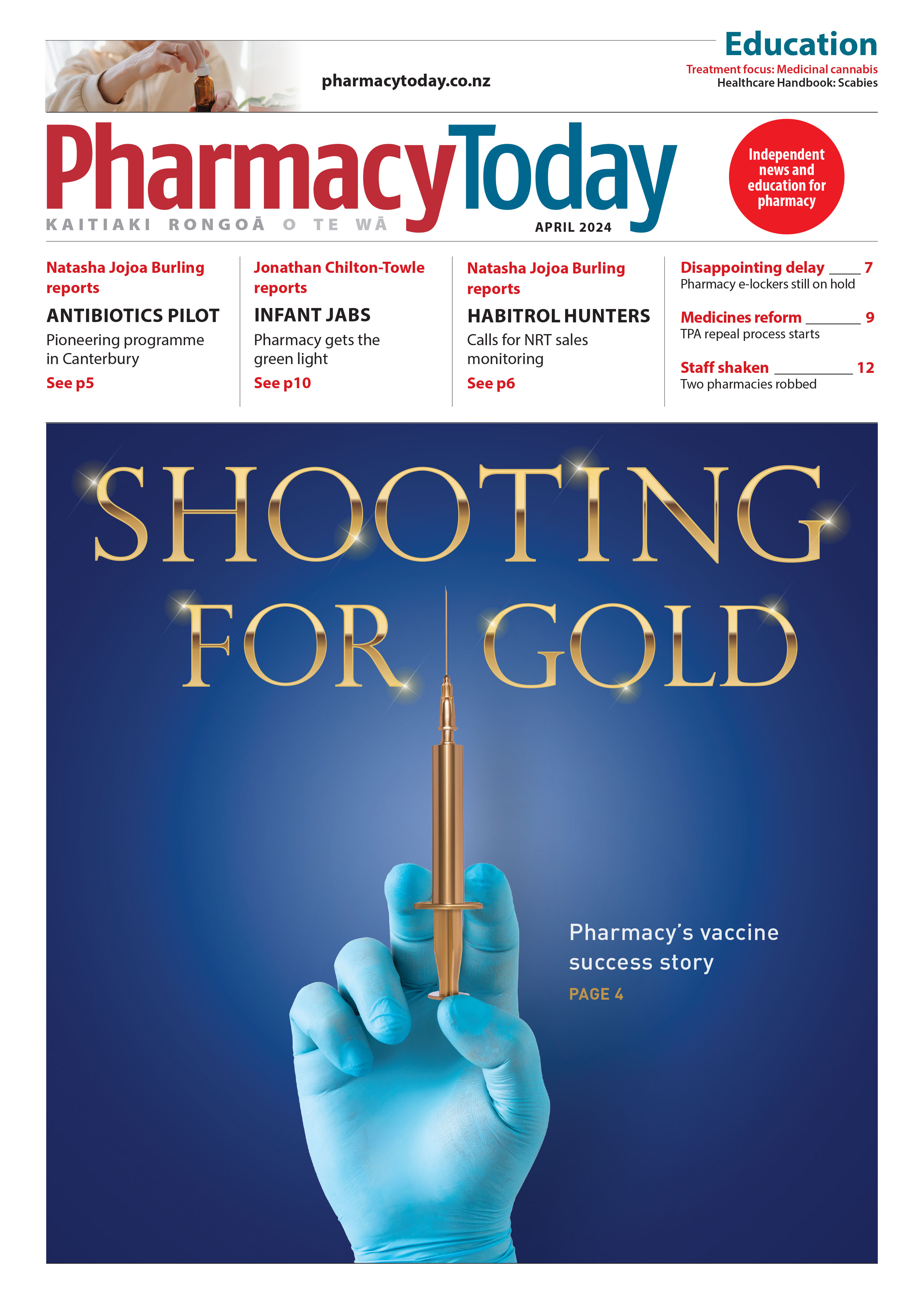In this article, Sue Frankland looks at the global problem of wastage of medications, including causes such as overprescribing and non-adherence. She also presents information from her master’s dissertation on how people understand, and respond to, medication expiration dates
CLASStime: Medication wastage

In this article, Sue Frankland looks at the global problem of wastage of medications, including causes such as overprescribing and non-adherence. She also presents information from her master’s dissertation on how people understand, and respond to, medication expiration dates
1. Azad AK, Muhammad KR, Hossin MM, et al. Medication wastage and its impact on environment: Evidence from Malaysia. Pharmacologyonline 2016;3:114–21.
2. Peake BM, Braund R, Tong AYC, et al (Eds). The Life-Cycle of Pharmaceuticals in the Environment. Woodhead Publishing; 2016.
3. Whyte SR, van der Geest S, Hardon A (Eds). Social Lives of Medicines. Cambridge University Press; 2002.
4. van der Geest S, Whyte SR, Hardon A. The anthropology of pharmaceuticals: A biographical approach. Annual Review of Anthropology 1996;25:153–78.
5. Moynihan R, Heath I, Henry D. Selling sickness: the pharmaceutical industry and disease mongering. BMJ 2002;324(7342):886–91.
6. Kasamo S, Matsumoto S, Kawasaki Y, et al. Changes in prescribing trends and initial pharmacotherapy of children with nocturnal enuresis in Japan: a large-scale medical claims database analysis. World J Urol 2021;39(9):3517–24.
7. Darling JC. Management of nocturnal enuresis. Trends in Urology, Gynaecology & Sexual Health 2010;15(3):18–22.
8. D’Souza S, Bowden N, Gibb S, et al. Medication dispensing for attention-deficit/hyperactivity disorder to New Zealand youth. N Z Med J 2020;133(1522):84–95.
9. Bowden N, Gibb S, Thabrew H, et al. IDI trends in antidepressant dispensing to New Zealand children and young people between 2007/08 and 2015/16. N Z Med J 2019;132(1505):48–61.
10. Burghardt LC, Ayers JW, Brownstein JS, et al. Adult prescription drug use and pediatric medication exposures and poisonings. Pediatrics 2013;132(1):18–27.
11. Brown MT, Bussell JK. Medication adherence: WHO cares? Mayo Clin Proc 2011;86(4):304–14.
12. Horne R, Chapman SC, Parham R, et al. Understanding patients’ adherence-related beliefs about medicines prescribed for long-term conditions: a meta-analytic review of the Necessity-Concerns Framework. PLoS One 2013;8(12):e80633.
13. Lehane E, McCarthy G. Intentional and unintentional medication non-adherence: a comprehensive framework for clinical research and practice? A discussion paper. Int J Nurs Stud 2007;44(8):1468–77.
14. Mitchell AJ, Selmes T. Why don’t patients take their medicine? Reasons and solutions in psychiatry. Advances in Psychiatric Treatment 2007;13(5):336–46.
15. Liu F, Ranmal S, Batchelor HK, et al. Patient-centred pharmaceutical design to improve acceptability of medicines: similarities and differences in paediatric and geriatric populations. Drugs 2014;74(16):1871–89.
16. Allemann SS, Nieuwlaat R, Navarro T, et al. Congruence between patient characteristics and interventions may partly explain medication adherence intervention effectiveness: an analysis of 190 randomized controlled trials from a Cochrane systematic review. J Clin Epidemiol 2017;91:70–79.
17. Hodgetts D, Nikora LW, Rua M. Māori men and the indirect procurement and sharing of prescription medications. AlterNative: An International Journal of Indigenous Peoples 2011;7(2):152–62.
18. Okuboyejo S. Non-adherence to medication in outpatient setting in Nigeria: the effect of employment status. Glob J Health Sci 2014;6(3):37–44.
19. Hughes CM. Medication non-adherence in the elderly: how big is the problem? Drugs Aging 2004;21(12):793–811.
20. Gold DT, McClung B. Approaches to patient education: emphasizing the long-term value of compliance and persistence. Am J Med 2006;119(4 Suppl 1):S32–37.
21. Elliott R. Non-adherence to medicines: not solved but solvable. J Health Serv Res Policy 2009;14(1):58–61.
22. Yeoman G, Furlong P, Seres M, et al. Defining patient centricity with patients for patients and caregivers: a collaborative endeavour. BMJ Innov 2017;3(2):76–83.
23. du Plessis D, Sake JK, Halling K, et al. Patient centricity and pharmaceutical companies: Is it feasible? Ther Innov Regul Sci 2017;51(4):460–67.
24. Phillion M. Improving Medication Adherence Through Patient Centricity. Patient Safety and Quality Healthcare, 8 October 2021.
25. Desai RJ, Sarpatwari A, Dejene S, et al. Comparative effectiveness of generic and brand-name medication use: A database study of US health insurance claims. PLoS Med 2019;16(3):e1002763.
26. Straka RJ, Keohane DJ, Liu LZ. Potential clinical and economic impact of switching branded medications to generics. Am J Ther 2017;24(3):e278–89.
27. Al-Arifi MN. Assessment of knowledge, attitudes, and factors influencing the selection student of generic medicine. Front Public Health 2021;9:767128.
28. Dunne SS, Dunne CP. What do people really think of generic medicines? A systematic review and critical appraisal of literature on stakeholder perceptions of generic drugs. BMC Med 2015;13:173.
29. Virdi VJS, Gupta M, Gupta R. Hurdles in mandatory generic medicine prescription. Journal of Pharmacology and Pharmacotherapeutics 2021;12(3):115–19.
30. Cohen LP. Many Medicines Are Potent Years Past Expiration Dates. The Wall Street Journal, 28 March 2000.
31. Wilson NLW, Rickard BJ, Saputo R, et al. Food waste: The role of date labels, package size, and product category. Food Quality and Preference 2017;55:35–44.
32. De Winter S, Vanbrabant P, Vi NT, et al. Impact of temperature exposure on stability of drugs in a real-world out-of-hospital setting. Ann Emerg Med 2013;62(4):380–87.e1.
33. Willner S, Whittemore R, Keene D. “Life or death”: Experiences of insulin insecurity among adults with type 1 diabetes in the United States. SSM Popul Health 2020;11:100624.
34. Cialdini RB, Wosinska W, Barrett DW, et al. Compliance with a request in two cultures: The differential influence of social proof and commitment/consistency on collectivists and individualists. Personality and Social Psychology Bulletin 1999;25(10):1242–53.
35. Miron AM, Brehm JW. Reactance Theory – 40 years later. Zeitschrift Fur Sozialpsychologie 2006;37:9–18.
36. Lin CP, Tsai MC, Sun CY, et al. Stability of self-prepared fortified antibiotic eyedrops. Kaohsiung J Med Sci 1999;15(2):80–86.
Figure: Van Alsten SC, Harris JK. Cost-related nonadherence and mortality in patients with chronic disease: A multiyear investigation, National Health Interview Survey, 2000–2014. Prev Chronic Dis 2020;17:E151.





